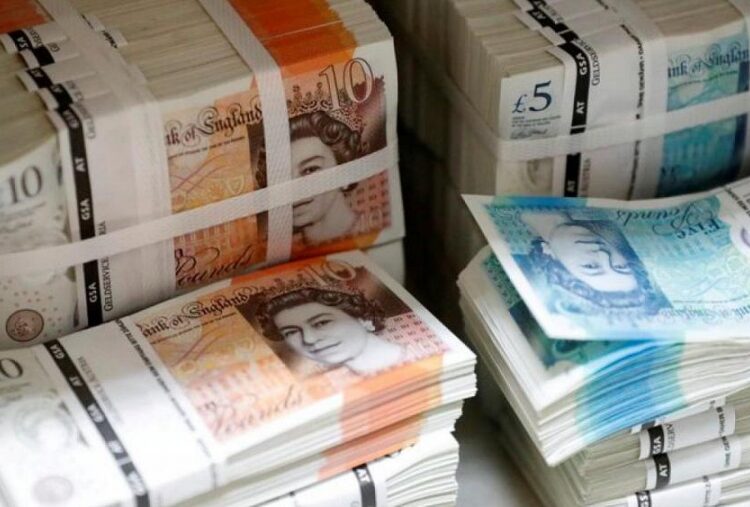LONDON – The pound was steady on Friday, holding close to the four-month high it reached versus the euro Thursday after the Bank of England set out plans for how it would tighten monetary policy.
The central bank’s message was slightly hawkish: the monetary policy committee voted 7-1 to maintain the pace of its government bond-buying, even though it expects inflation to jump to 4.0% around the end of the year.
But, according to Reuters, it also said that “some modest tightening” of monetary policy over its three-year forecast period was likely to be necessary.
Because the hawkish shift had been largely expected, sterling did not react significantly to the news. But analysts said that it helped to reinforce its strengthening trend.
The British currency has been a strong performer in recent weeks as COVID-19 cases – while still high – have fallen and high vaccination rates have allowed the British government to lift most social-distancing rules.
At 07:56 GMT on Friday, it was little changed against the dollar at $1.3925, up 0.2% on the week as a whole.
Versus the euro, it was flat at 84.95 pence per euro, up around 0.5% on the week as a whole. Earlier in the session, it touched 84.90 pence per euro, which was the pound’s strongest level in four months.
The central bank’s messaging “may be a small step for the BoE, but it is a giant leap compared to ECB communication,” wrote ING FX strategists in a client note.
“With the BoE’s finger now on the trigger – any better UK data could start to see some outsize reaction in GBP as BoE tightening expectations are brought forward.”
Rate futures suggested investors were pricing in a first 15 basis-point rise to take the BoE’s benchmark Bank Rate to 0.25% around May next year. Before Thursday’s announcement by the central bank, rate futures pointed to a hike in August 2022.
MUFG currency analyst Lee Hardman said the BoE’s hawkishness reflects optimism that the UK economy will recover strongly from COVID-19. He expects BoE and European Central Bank policy paths to diverge.
“We are maintaining a short EUR/GBP trade idea in anticipation that the pair will fall to fresh year to date lows.”
Elsewhere, British house prices rose in July after falling in June as demand for bigger homes following pandemic lockdowns helped to soften the impact of a reduced tax break for buyers, mortgage lender Halifax said.
Currency markets were generally quiet ahead of US employment data due later in the session. Traders expect strong numbers which could make the case for faster US policy tightening.






Discussion about this post